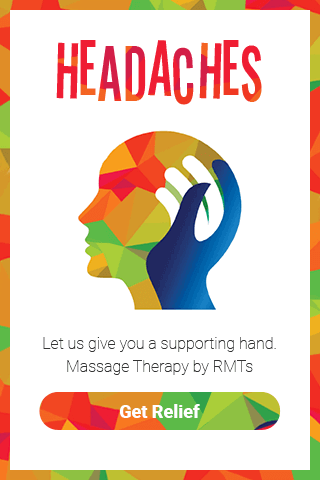Stress includes physiological and psychological components. Physical symptoms of stress response include elevated blood pressure, cardiac and digestive changes, moodiness, indecisiveness, and neuromuscular problems. As the world in which we live becomes increasingly stressful we really only have two choices: either we avoid stress, or we learn how to deal with it effectively. Because it is impossible to avoid stress altogether the only real solution is to find ways to manage the stresses we encounter every day. One very effective way is the use of massage therapy.
In a systematic review of 22 articles examining the effect of massage on relaxation, comfort and sleep the most consistent effect of massage was reduction in anxiety. Eight of 10 original research studies reported that massage significantly decreased anxiety or the perception of tension. Seven of 10 studies found that massage produced physiologic relaxation, as indicated by significant changes in one or more physiologic indicators. In the three studies in which the effect of massage on discomfort was investigated, it was found to be effective in reducing pain.
Kathy Culpepper et al, Complementary and Alternative Therapies. 11(1):77-96, 2000.
A study conducted at University of Miami Medical School Florida found that massage offered considerable help for children suffering from stress-related disorders. A 30-minute back massage was given daily for a 5-day period to 52 children who were hospitalized with depression and adjustment disorders. Assessments were made by the children themselves and by the nurses in terms of anxiety levels, sleep patterns and the willingness of the child to be co-operative. Stress hormone levels in the both the urine and saliva were also measured. The results were then compared to a control group who were shown relaxing videotapes for 30 minutes instead of massage therapy. The children who received a 30-minute massage were less depressed or anxious and had lower saliva cortisol levels after the massage. In addition, nurses rated the massage group as being more co-operative and that they were sleeping better. Massage therapy also reduced urinary cortisol and norepinephrine levels in the children suffering from depression.
Field T, et al, Journal of the American Academy of Child Adolescent Psychiatry. Jan 1992, 31 (1) p125-31
A randomized study enrolled adults ages 60 and older to receive 50 minute, twice weekly massage therapy or guided relaxation sessions. The massage included Swedish, neuromuscular, and myofascial techniques while the for the relaxation group an assistant read a script to guide the participants in visualization and muscle relaxation. Significant improvements were found for the anxiety, depression, vitality, general health, and positive well-being among the massage participants compared to guided relaxation.
Patricia A, et al, Complementary Therapies in Medicine (2007) 15, 157-163
Prepared by: Sadok Derbel, RMT
Date: December 2009
